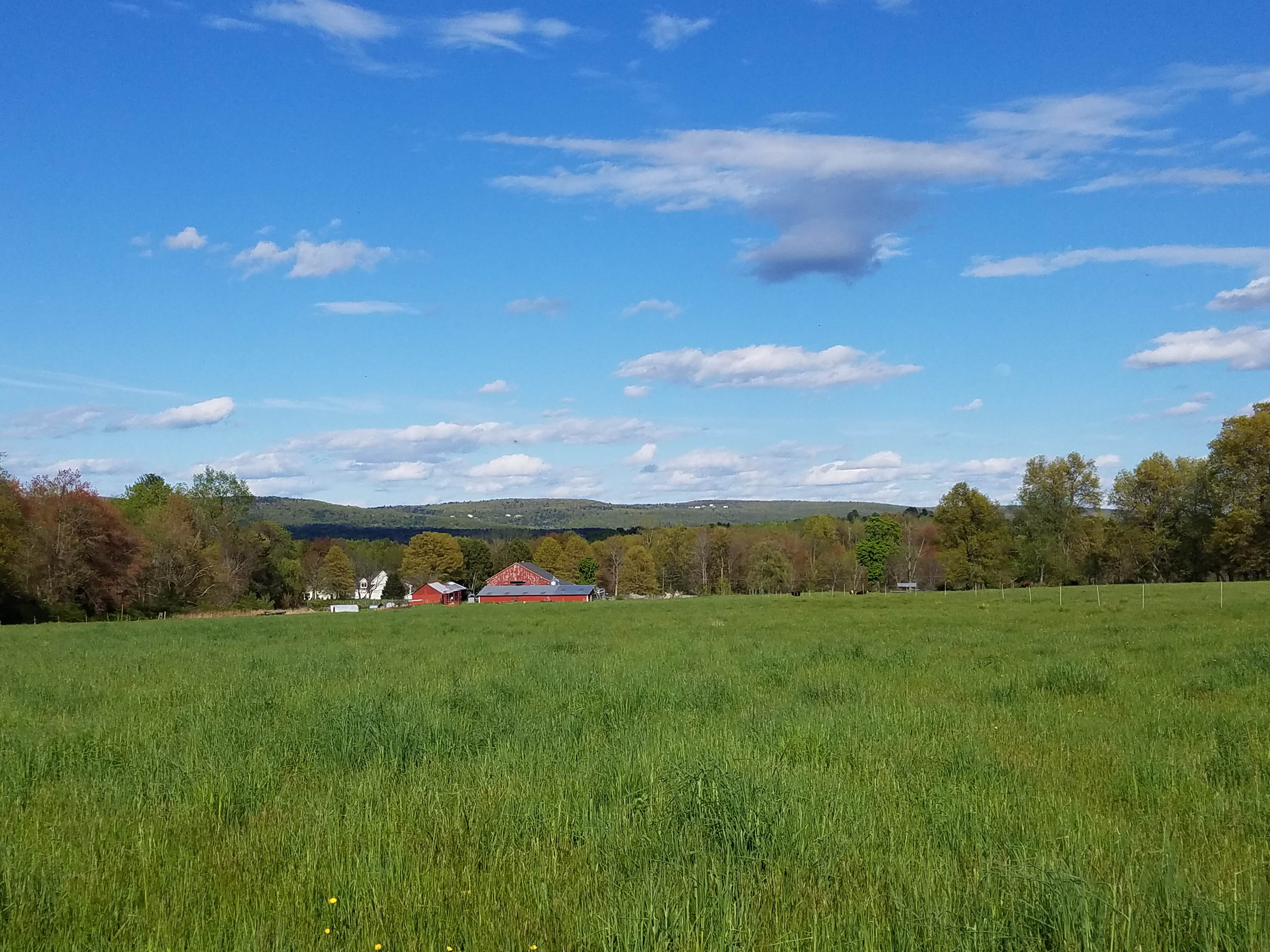So if you’ve ever watched a cooking show, or seen a professional chef in action, you’ve probably noticed that they don’t handle either their knives or the food they are chopping in the same way that most of the rest of us do. They hold their knives in a weird grip (actually partially up onto the blade, not pointing the index finger) and they hold the food they are chopping in an even weirder grip that looks like a claw (which, in fact, is exactly what it’s called – The Claw). Yes, we have to do Jim Carrey here:
Ok, not exactly like that claw, but sort-of…
Want to know how and why chefs do it? The grip on the knife provides greater control, and the grip on the food prevents chopping their fingers off. Both grips feel rather awkward at first, but if you practice you will soon get used to them. Here’s a little video from Tasty that shows you exactly what to do and how to do it.
And while we are on the subject of knives, let’s discuss honing and sharpening. If you’ve been knee-deep in CSA veggies for a few weeks, you’ve probably noticed that your knives are getting a bit dull. A great way to test the sharpness of your knife is the “tomato test”: if your knife easily slices the skin of a tomato, it’s sharp. If it pulls the skin before slicing, or won’t cut the skin at all, it’s dull.
So what? Dull knives are more dangerous – you have to push down harder to get them to work, and they are less predictable in where and how they slice – all of which means that you are more likely to cut yourself.
Do you remember back in an earlier post about setting up the kitchen where I suggested you get a knife honer? Here’s why: during the normal course of use, knife edges come out of alignment and are no longer straight; a knife honer (when used properly along the full blade at a 20 degree angle), realigns the knife edge to put it back in a straight line, which makes the knife cut well again.
What’s the difference between a knife honer and a knife sharpener? A honer simply realigns the metal of the blade; a sharpener actually removes bits of metal altogether, and is used when the blade is in more serious need of attention. A honer is something you should use once a week or so; a sharpener only needs to be used a few times a year.
Sharpeners come in two basic types – an easy-to-use slide-through sharpener, which usually has both a coarse-grit and a fine-grit option, or the whetstone type, which is more elaborate, requires greater skill to use, and comes in a variety of grits (much like sandpaper). When using either type of sharpener, don’t forget that little bits of metal actually come off of the knife, so afterwards wash your knife thoroughly, empty or otherwise clean your sharpener, and carefully wipe down your countertop (or whatever surface you used) with a damp paper towel so that those little bits of metal don’t wind up in your food.
Here’s a how-to article on the subject of honing if you prefer written instructions.
One last thing – you can only use these methods to hone/sharpen straight-edged blades; serrated blades (the kind with teeth) require a different method involving a more complex process and different tools. Fortunately, serrated knives tend to stay sharp for much longer than straight-edged knives, so they rarely need to be sharpened.
Happy chopping!

